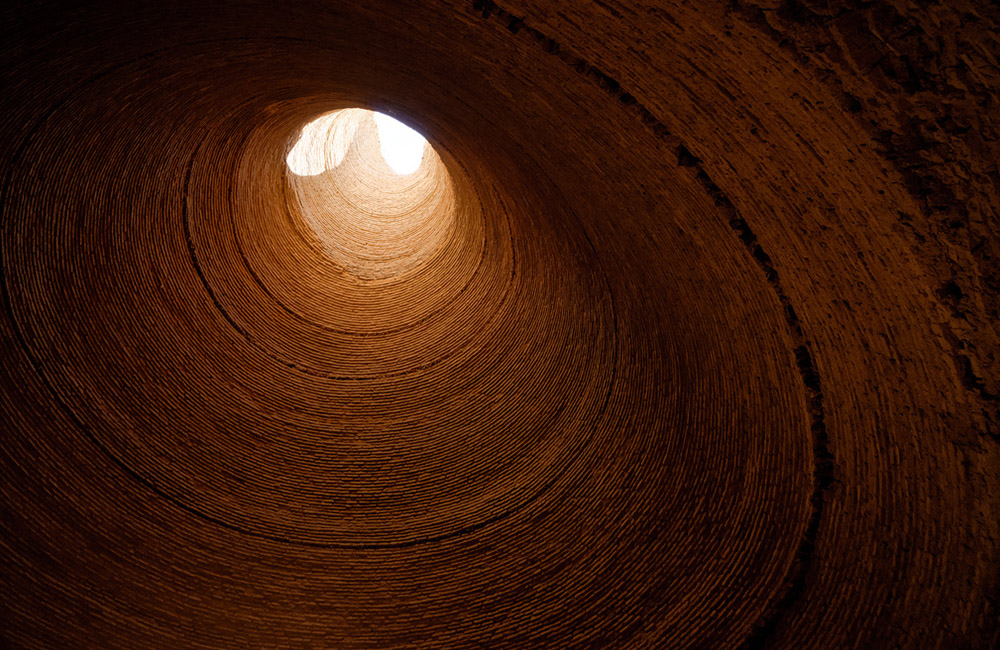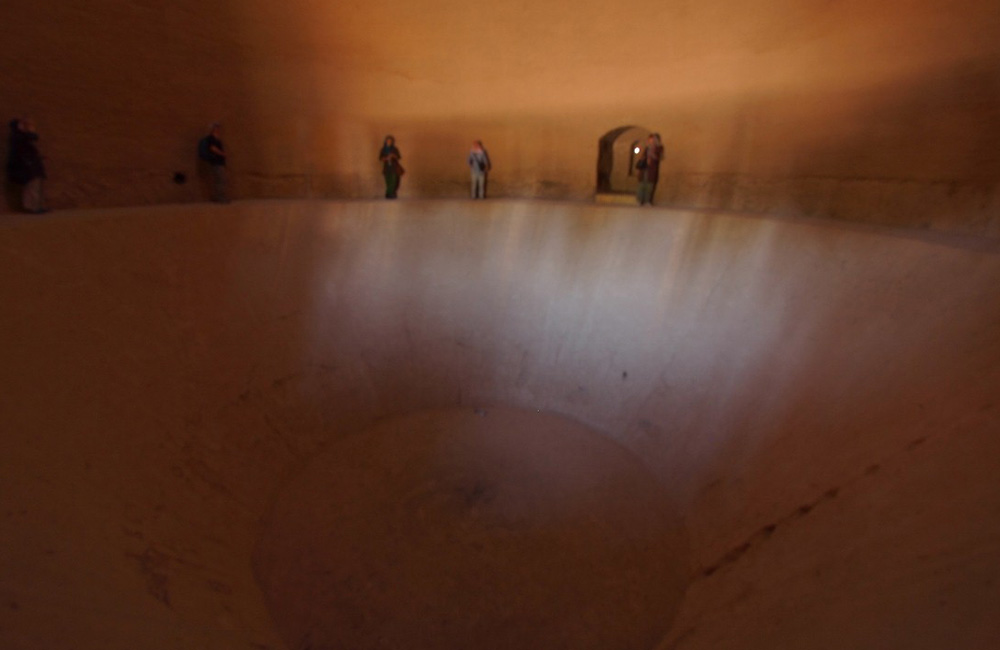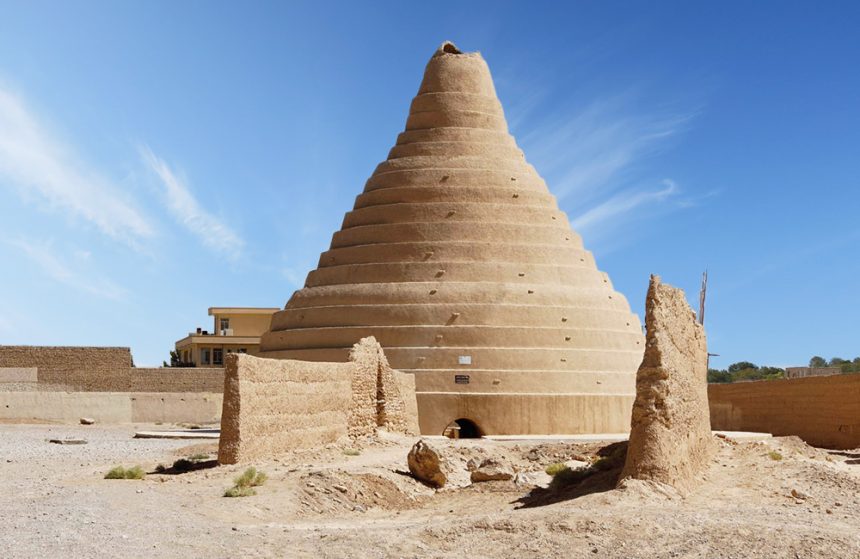If you’ve ever been to a destination in Yazd or any of its neighboring province, for that matter, you’ll know that during the summer months this area is overtaken by an extremely hot climate. Ice House an ancient refrigerator in yazd.
However knowing the Persian culture, do you think that the residents of such desert environments will give up ice cream? Thought so… and that’s exactly why the Persian people created the yakhchal, also known as an ‘ice house’, so many years ago!
As the Greeks, Chinese, Romans and Jews have written in their history, they’ve had the luxury of being able to harvest ice and snow, from as early as 1000 BC. So what about the desert-dwelling Persians? They had to create it on their own.
Yakhchal directly translates to “ice pit” in Persian. If you thought a freezer was the only way to have ice in the summer, you got another thing coming! Follow along with goingIRAN to discover more about this ancient structure of Persian culture!

Ice Houses Frozen in Time
They’ve been hanging around since the Qajar Dynasty and as some even speculate, perhaps the Safavid Era. The earliest ice houses date way back to around 400 BC!
The style and architecture of these yakhchals have all been relatively similar throughout the years. Although many have been replaced with the less expensive and more convenient refrigerators of today, some of them have been able to withstand the test of time, desert storms and industrialism.

The Down-low of the Ice House
Built in a stepped-cone shape, to some first time visitors and tourists it may resemble some sort of ancient temple. To others, approaching from even farther away, perhaps even a landed UFO.
Of course, there is a method to the madness of the antiquated architects’ design! These ice houses are built with a default structure consisting of four main parts. The freezing pool, shadow-casting walls, ice storage and, of course, the conical dome.
Perhaps even more peculiar than its shape are the ingredients used to make it. If you even want to build a yakhchal of your own, you’ll need: sand, clay, adobe, lime, egg whites, ashes and goat hair and not in that order!
Once you’ve combined the right ratio of all of those ingredients, you will end up with an ancient desert mortar called sarooj. Sarooj is water resistant and, as you may have already guessed, a great insulator. The dome and its lower structure were built in layers from this special material.
Ironically, these desert ice houses share a bit of an interesting similarity to icebergs. Just as the Ice House of Abarkuh stands 12 meters tall, the structure also extends underground the same amount or even more.
What’s Chilling in the Yakhchal?
The yakhchals utilized the water channeled from nearby mountains via the ancient qanat system. During the colder winter season, the water would be directed into big shallow pools behind the north-facing shadow-walls.
The tall walls would cast a shadow on the very wide half-meter-deep pools during the day, allowing the water to stay cool.
Once the desert night arrived, the water would freeze and then be broken up and taken into the dome structure, where they would be kept in the ice storage underground. A layer of straw was placed between the slabs of stored ice in order to keep them from sticking to one another.
Although the yakhchal would keep the ice frozen from winter all throughout the summer months, there was also a special system built-in to collect and refreeze the drippings!
A spiral water system was also built into the walls of the ice house; working with the carefully placed vents they maintained the cool environment.
Food is a very important part of Persian culture and in being so, its preservation is just as important as it presentation. The ancient refrigerators did just that.
Thick and big slabs of ice were carried to various food and dessert vendors by donkeys during the hot summer months. Also, although these ice houses were mainly meant for storing ice, they were also occasionally used to store food as well.
When you’re enjoying your cool cup of heavenly faloodeh, just remember the hoops the previous generations had to jump through to get that very same treat!
Reaching the Abarkuh Ice House
The small and humble town of Abarkuh in Yazd Province, Iran, the Ice House of Abarkuh isn’t very hard to find. Travelling from east to west, tourists and visitors will see the ancient refrigerator on the same road that leads them to the Aghazade Historical House and 4,500 year old Cyprus.
Following Abarkuh Road, it is right after the square connecting Abarkuh road to Abarkuh-Surmaq Highway. Although this destination is open 24-hours a day, we suggest tourists to visit here during daylight as there isn’t much lighting nearby. Safe travels!
City: Abarkuh-Yazd
Address: Icehouse , Abarkuh Surmeq Highway., Vali-e-Asr Sq.
Neighborhood: Abarkuh Kalesi Ancient Castle
Recommended Reads | Internet in Iran
Recommended Reads | Credit Card in Iran
Recommended Reads | The Cypress of Abarkuh in Yazd


